Nose piercing is a popular form of self-expression that has gained traction in recent years, especially among the youth. But does nose piercing hurt, and what are the things to consider before getting one? Let’s find out together in this informative article!
1 What is Nose Piercing?
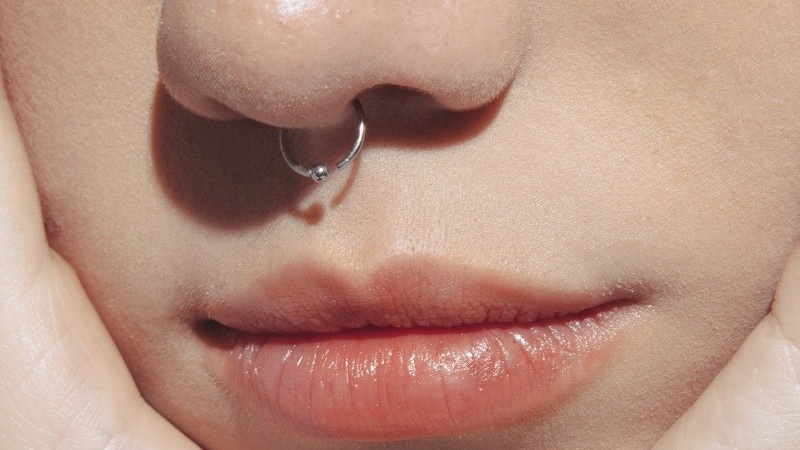 What is Nose Piercing?
What is Nose Piercing?
Nose piercing is a form of body art that involves puncturing a specific area of the nose with a specialized needle to create an opening for jewelry. Similar to ear piercing, it requires a skilled technician with expertise in this particular practice.
2 Popular Nose Piercing Locations
 Popular Nose Piercing Locations
Popular Nose Piercing Locations
Nose piercings are typically categorized into two main types, depending on personal preference and desired style.
- Nostril Piercing: This is a common type of nose piercing, usually placed on either the left or right nostril. It adds a unique touch of personality to the wearer.
- Septum Piercing: This piercing is located in the thin strip of tissue between the nostrils, also known as the septum. It gives the wearer a bold and unconventional look.
3 Does Nose Piercing Leave Scars?
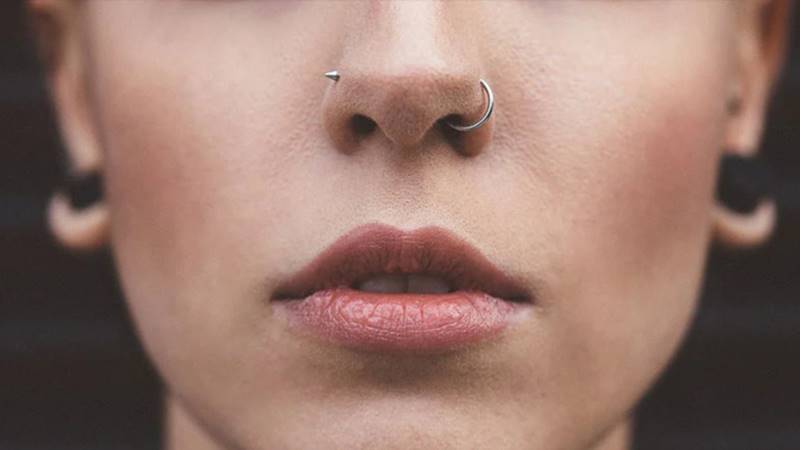 Does Nose Piercing Leave Scars?
Does Nose Piercing Leave Scars?
Any type of piercing, including nose piercing, can leave a scar if proper aftercare is not followed. However, using high-quality piercing needles and taking good care of the pierced area can help minimize the chances of scarring.
4 Does Nose Piercing Hurt?
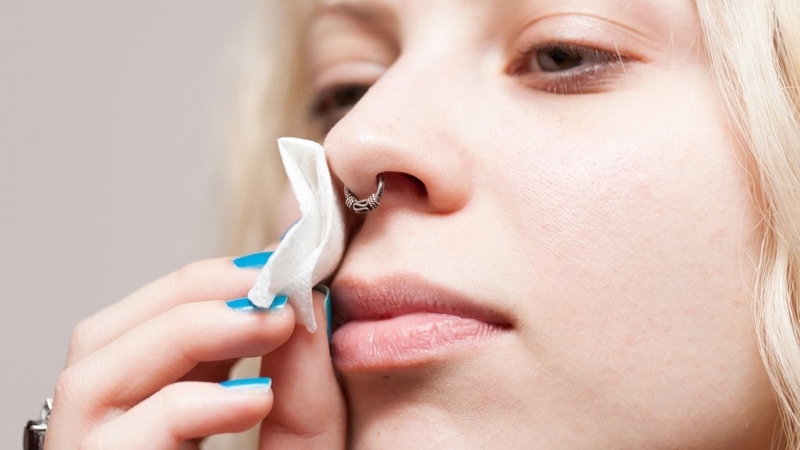 Does Nose Piercing Hurt?
Does Nose Piercing Hurt?
Nose piercing is generally considered less painful compared to other piercing locations, such as the upper ear cartilage or lip. The healing process is also faster and less complicated. However, it’s important to choose a reputable piercing studio to ensure a safe, comfortable, and pleasant experience.
5 Risks Associated with Nose Piercing
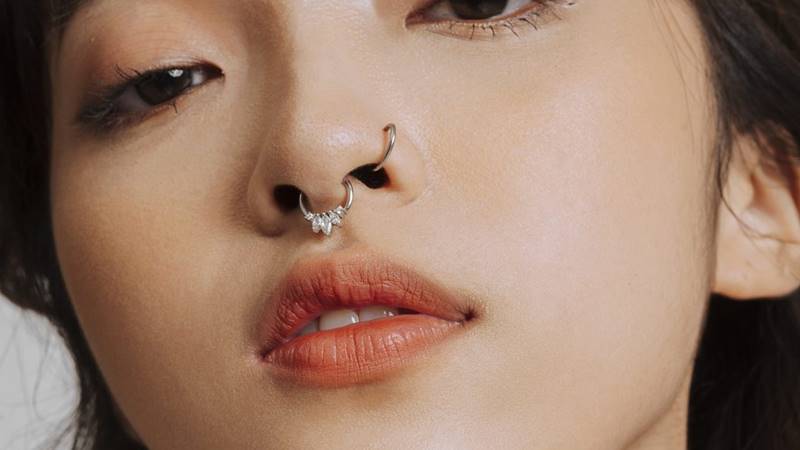 Risks Associated with Nose Piercing
Risks Associated with Nose Piercing
The nose is considered a sensitive area of the face, located in the triangle region between the eyebrows and upper lip. The veins in this area connect to the sinus cavity, which means nose piercing carries certain risks, including:
- Infection: Poorly sterilized piercing equipment can introduce bacteria and increase the risk of infections, including HIV, hepatitis B, or tetanus.
- Bleeding: Septum piercings may bleed more than nostril piercings and can lead to bruising, hematoma formation, or infection.
- Allergic Reactions: Certain materials used in jewelry may cause allergic reactions in some individuals.
- Scarring: Improper piercing techniques or aftercare can result in scarring.
6 What to Avoid After Getting a Nose Piercing
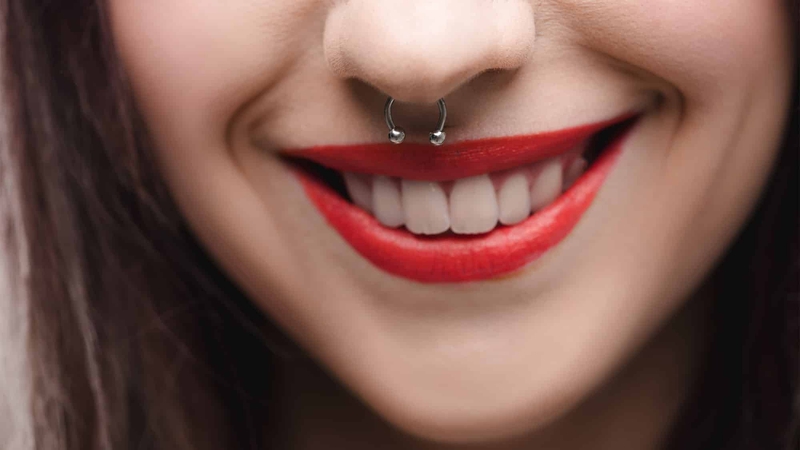 What to Avoid After Getting a Nose Piercing
What to Avoid After Getting a Nose Piercing
To ensure a safe healing process, it’s important to avoid the following activities after getting a nose piercing:
- Swimming: Refrain from swimming in public pools or the ocean for at least two weeks after getting your nose pierced to prevent infection.
- Makeup: Avoid applying makeup near or on the pierced area for 1-2 months to reduce the risk of infection.
- Contact Sports: Limit participation in sports that involve physical contact to prevent injury to the pierced area.
7 Things to Note Before Getting a Nose Piercing
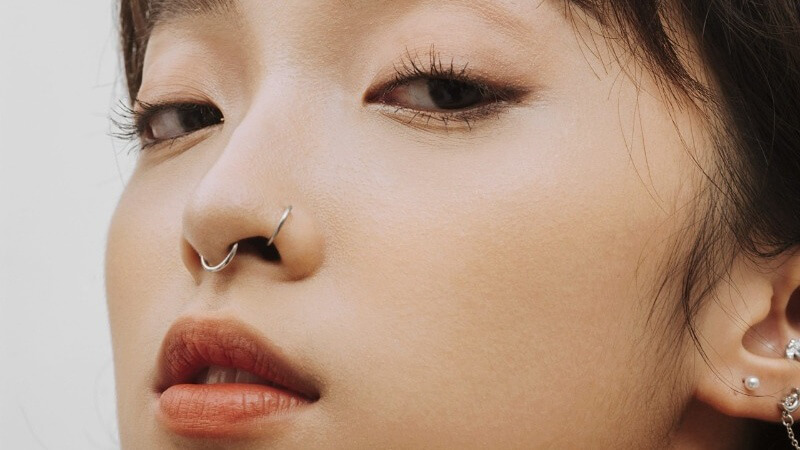 Things to Note Before Getting a Nose Piercing
Things to Note Before Getting a Nose Piercing
Here are some important considerations to keep in mind before and after getting a nose piercing:
- Choose a Reputable Piercing Studio: Ensure your piercing is performed by skilled and experienced technicians.
- Select Appropriate Jewelry: Pick jewelry that suits your piercing location and is made from safe, hypoallergenic materials.
- Allow Adequate Healing Time: Only change your nose jewelry once the piercing has healed completely.
- Maintain Good Hygiene: Keep the pierced area clean and avoid touching it with unwashed hands to prevent bacterial infections.
- Avoid Irritants: Stay away from harsh chemicals and irritants that may cause skin reactions or infections.
This article has provided comprehensive information about nose piercing, including the process, aftercare, risks, and important considerations. We hope it has empowered you to make informed decisions about your nose piercing journey. Stay stylish and safe!
Source: Long Chau Pharmacy































